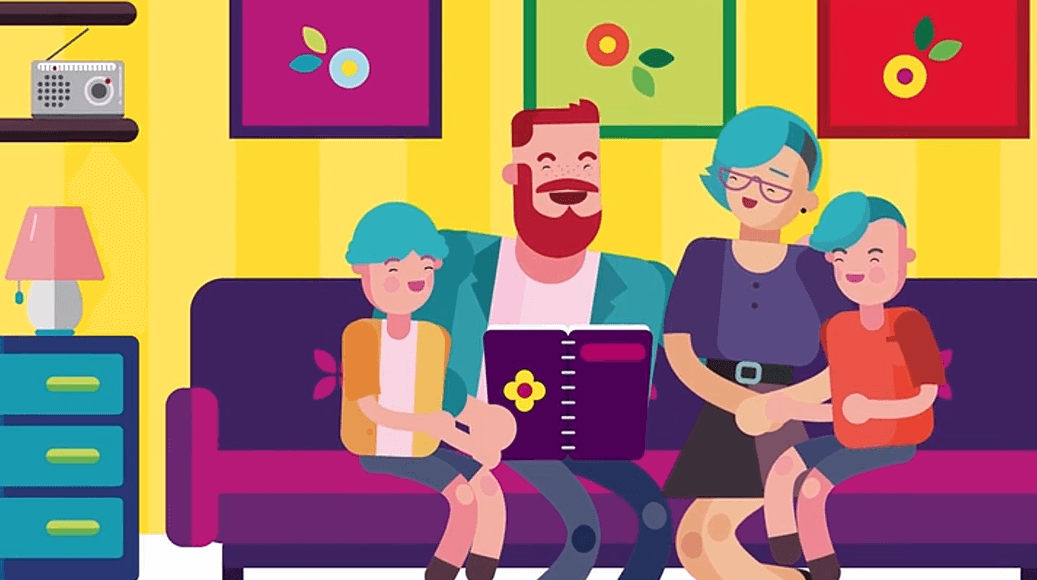How many views is viral? What makes a video viral?
Basics
Joanna Gauza
19.06.2022
5 minutes
It’s estimated that over 500 hours of video content are uploaded every minute on YouTube alone. And if you consider the number of other video-sharing platforms, it quickly becomes obvious that the sheer volume of new uploads is impossible for any single user to follow. Users tend to stick to their own, perfectly curated information bubbles, consuming content they are interested in. The more they watch, the better the algorithms understand their taste to offer further content in a particular category. Yet, some videos can successfully cross these boundaries and reach huge audiences, generating millions of views in days or even hours. These are the so-called viral videos. But what qualifies as a viral video? How many views is viral? What makes a video go viral?
What does it mean for a video to “go viral”?
Going viral is an online phenomenon that any active Internet user is most likely already familiar with, at least to some extent. When the word viral is used to describe a video, it doesn’t refer to the type of content but rather to the way in which it gains popularity. A video goes viral by quickly amassing millions of views due to social media users sharing it with their friends and/or followers. And the more people share, the higher the number of views.
How do viral videos spread?
In short, a viral video is a video spread by users who share and like it, thus increasing its number of views and making it reach viewers outside the original target audience group. Due to the fact that sharing is a key element of creating viral content, it’s mainly encountered within the world of social media.
How far can a viral video go in terms of social media reach?
When you manage to make your video go viral, there are really no limits as to how many people can actually watch it. A sensible assumption would be that the potential audience could even consist of as many people as there are users of a particular platform. This is, of course, only a theoretical scenario, but still, it’s not exactly accurate because viral posts and videos tend to travel between different social media platforms. Once a video becomes popular on TikTok or Facebook, it’s only a matter of time before it makes its way to YouTube and Instagram as well.

Can any video go viral?
Well, yes and no. Basically, in theory, any type of video content (ads, music videos, comedy sketches, funny pet videos, or even accidental recordings of unusual and surprising situations, etc.) can go viral, but not just any video will actually end up being an Internet sensation. To achieve this status, it needs to be eye-catching or engaging or surprising or innovative, or, even better, all of the above at once. Only a video that people WANT to share has the potential to go viral. More often than not, it happens out of the blue - even for the author of such content. That’s why it’s rather difficult to plan a video marketing campaign around the idea of going viral. Virality is unpredictable in its nature, so while you can help your luck by creating unique and shareable videos, a bit of luck and good timing seem to be among the essential ingredients.
Do you dream about going viral? Do you want to make an astonishing animated video? Contact us!
How many views on a video is considered viral?
Just like the ever-changing Internet environment itself, the concept of viral status is very fluid and flexible. There are no strict rules on how many views give you the right to boast having a viral Internet video among your uploads. Reaching a million views used to be considered an important milestone. And while it’s nothing to scoff at, as such content will surely attract more people and boost your visibility online, it may no longer be enough.
Why? Because due to a growing number of Internet and social media users, while still a big achievement, reaching that mythical million is no longer as much of a challenge. There are simply too many videos with that many views to make them all stand out. It’s safe to assume that currently, it’s better to aim at gaining at least 5 million views to reap the benefits of going viral. So, to answer the question of how many views is viral - there is no simple answer here. In reality, not all viral videos are created equal, so the more views you get, the better.
Of course, in this context, we’re not talking about accumulating millions of views throughout 5 or 10 years. The most popular viral videos can get to that number within days!

How many likes is considered viral?
Even though we often focus on the number of views, millions of views are not enough to make a video viral. There is one more essential requirement - engagement. Popular artists can get millions of people to watch their music videos simply due to their popularity. When it comes to viral videos, on the other hand, it’s not so much about the popularity of the creator (although it certainly doesn’t hurt your chances), but rather about the way in which viewers interact with the content. Likes, shares, and comments are all integral parts of the process of going viral.
However, you should keep in mind that the bar for achieving viral status can vary between different social media platforms. For example, to go viral on Instagram, you need more than 100,000 likes and views. In general, engagement tends to follow viewers quite naturally, which means that the simple rule stating that the bigger the audience, the more comments and likes usually holds true.
Is going viral always good?
OK, so far, it appears that going viral is the ultimate goal and the benefits are almost limitless. But is this really the case? Well, if you purposefully produce your video with the hope it goes viral, and it does, your work pays off. If you create great content and it goes viral, you get all the benefits as well. Unfortunately, viral videos do not always show positive content. Even excluding content of a political and social nature, negative viral content can bring a lot of unwanted attention to businesses as well. There are examples of videos talking about bad customer experiences, faulty products, and employees’ dissatisfaction with work conditions or treatment that can seriously harm a company’s reputation.
In short, thanks to going viral with a video you want to promote, you can go from being relatively unknown to becoming a worldwide Internet sensation basically overnight. The exact results can vary depending on the type of message in your video, but many businesses try to use this opportunity to gain a lot more than new followers. Introducing your brand and products to so many people often leads to significant financial gains. There are many examples of products that were sold out within hours simply because they appeared in a viral video.
Client Relations Specialist in Pigeon Studio - animation production company
Enter your email address:









